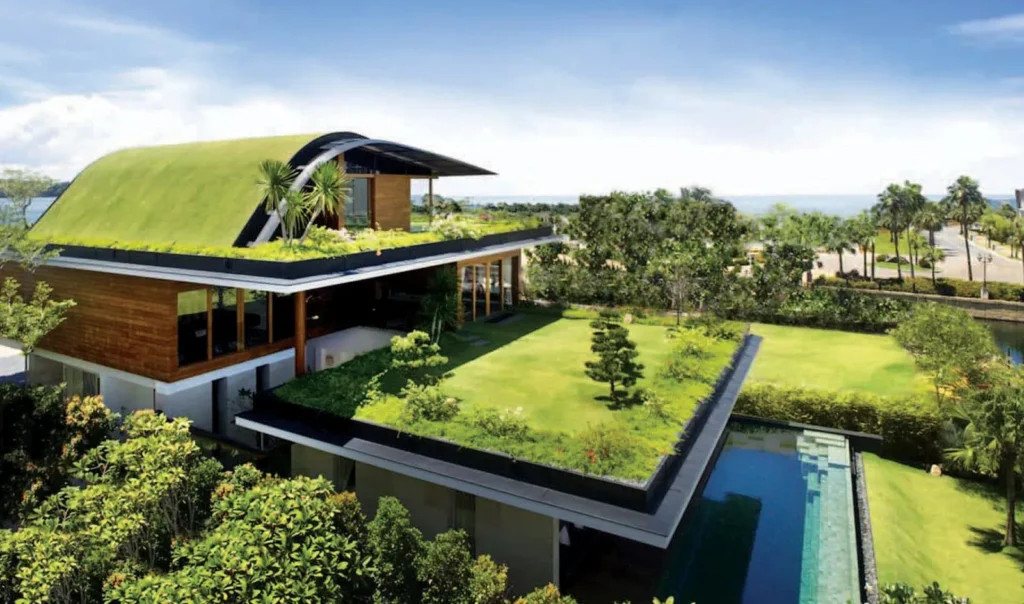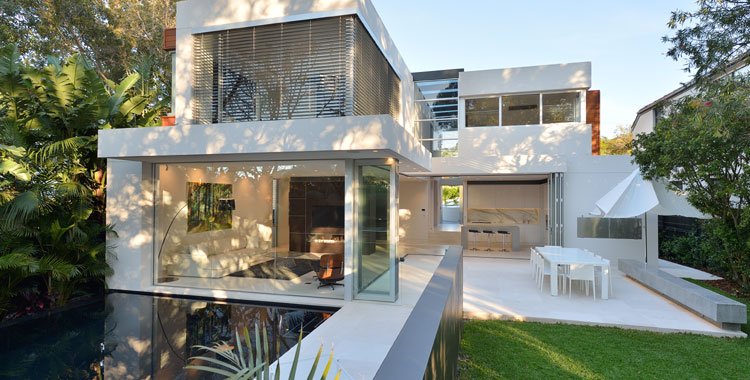Living a greener lifestyle isn’t just a trend; Green Living Made Easy: Eco-Friendly Home Upgrades it’s a responsible choice that benefits both our planet and our homes. Making eco-friendly home improvements not only reduces our environmental footprint but also creates healthier and more sustainable living spaces. Let’s delve into various ways you can transform your home into an eco-friendly haven.
In today’s world, where environmental concerns are paramount, adopting eco-friendly practices within our homes has become imperative. Embracing eco-friendly home improvements doesn’t just contribute to a better environment but also enhances the quality of life. The benefits span from reducing energy bills to creating a healthier living space for you and your family.

Energy-Efficient Upgrades
One of the primary steps toward a greener home is optimizing energy consumption. Consider switching to LED lighting, which not only consumes less energy but also lasts longer compared to traditional bulbs. Pair this with smart thermostats that regulate temperature efficiently, reducing energy wastage and costs.
Water Conservation Methods
Implementing water-saving fixtures like low-flow faucets and showerheads can significantly cut down water usage. Additionally, installing rainwater harvesting systems allows you to utilize natural resources effectively while reducing reliance on mains water supply.
Sustainable Materials for Construction
Choosing sustainable materials for construction and furnishing is pivotal. Opt for bamboo flooring, known for its durability and renewability. Similarly, using recycled or reclaimed wood for furniture minimizes deforestation and promotes a circular economy.
Indoor Air Quality Enhancements
Improving indoor air quality is crucial for a healthier living environment. Incorporate air-purifying plants and opt for non-toxic paint options to reduce harmful emissions inside your home.
Waste Reduction Techniques
Adopting waste reduction techniques like composting organic waste and upcycling furniture not only minimizes landfill waste but also contributes to a circular economy.
Outdoor Eco-Friendly Practices
Extend your eco-friendly practices outdoors by creating a sustainable garden using native plants that require less water. Incorporate solar-powered outdoor lighting to reduce energy consumption and reliance on conventional power sources.
Financial Incentives and Savings
Explore financial incentives such as tax credits and rebates available for green home improvements. While initial costs might seem higher, the long-term savings from reduced energy bills and maintenance expenses make eco-friendly choices financially rewarding.
Community Engagement and Impact
Engaging with your community to spread awareness and share knowledge about eco-friendly practices amplifies the impact. Collective efforts in adopting greener habits lead to a more sustainable future for everyone.
Rainwater Harvesting Systems
Install a rainwater harvesting system to collect rainwater for various household uses, such as watering plants, washing cars, or flushing toilets. This reduces reliance on mains water supply and helps conserve this precious resource.
Eco-Friendly Paints and Finishes
Traditional paints often contain harmful chemicals known as volatile organic compounds (VOCs). Opt for eco-friendly, low-VOC or VOC-free paints and finishes when redecorating. These products are better for indoor air quality and minimize the release of harmful toxins into the environment.
Composting and Waste Management
Start a composting system in your backyard for organic waste. Composting not only reduces the amount of waste going to landfills but also produces nutrient-rich soil for gardening. Additionally, implement effective waste management practices by recycling and properly disposing of hazardous materials.
Smart Home Technology
Integrate smart home technology to optimize energy usage. Smart thermostats, lighting systems, and energy monitors allow you to control and track your home’s energy consumption, leading to more efficient usage and cost savings.
Sustainable Landscaping
Transform your outdoor space with sustainable landscaping practices. Green Living Made Easy: Eco-Friendly Home Upgrades Use native plants that require less water and maintenance, employ mulch to retain soil moisture, and consider creating a rain garden to manage stormwater runoff effectively.

Conclusion
Embracing eco-friendly home improvements isn’t just about making changes within our homes; it’s about contributing to a larger, more sustainable future. By implementing these ideas, we not only create healthier living spaces but also play a crucial role in preserving the environment for generations to come.
FAQs
- Are eco-friendly home improvements expensive?
- Initially, some upgrades might have higher costs, but they lead to long-term savings in energy bills and maintenance.
- Do eco-friendly materials compromise quality?
- No, sustainable materials like bamboo and recycled wood are known for their durability and quality.
- Can eco-friendly improvements increase property value?
- Yes, homes with eco-friendly features often attract eco-conscious buyers, potentially increasing property value.
- How do I encourage my community to embrace green living?
- Organize workshops, share success stories, and engage in community events to raise awareness.
- What are some quick eco-friendly changes I can make?
- Start by replacing traditional bulbs with LED lights and incorporating indoor plants to enhance air quality.






